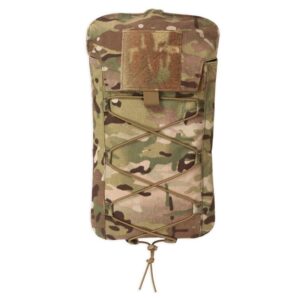How to Organize Outdoor Gear
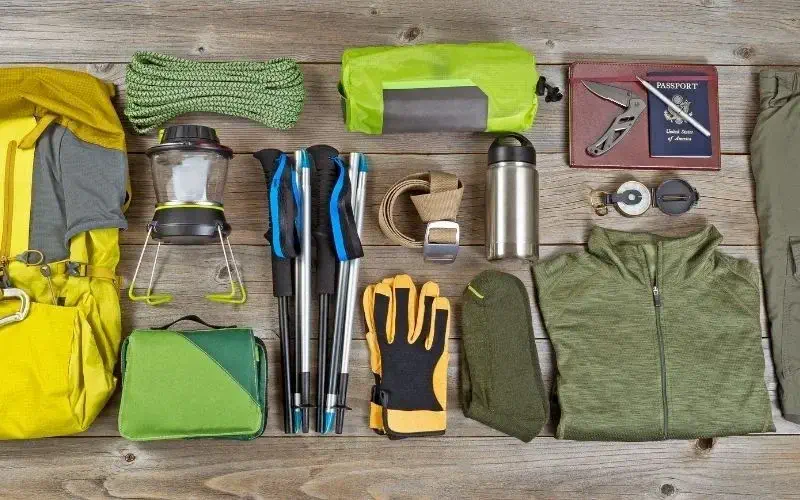
If you are an outdoor enthusiast, you have likely acquired a vast assortment of gear. Camping gear, hiking equipment, climbing tools, and more are perhaps as diverse as your travel-seeking personality. While the right equipment simplifies any adventure, unorganized gear can make preparing for trips or locating specific gear a nightmare. Organizing outdoor gear properly will maximize space utilization, ensure easy access to all gear, and ensure your equipment stays pristine.
This guide helps you organize your outdoor gear to fit any space and mission.
Why Organizing Outdoor Gear Matters?
Outdoor gear isn’t just a collection of items—it’s your survival system. When gear, such as weapons, knives, optics, or uniforms, is stored properly, it enhances utility, improves response time, and reduces the risk of damage or loss. It also helps you keep track of orders, restocks, and repairs.
How to Create an Efficient Outdoor Gear Storage System
An efficient setup makes gear easy to grab, transport, and repack without delay. Whether it’s stored in your garage, a gun room, or vehicle, your system should reflect your needs and the types of gear you use most often.
1. Declutter and Assess Your Gear
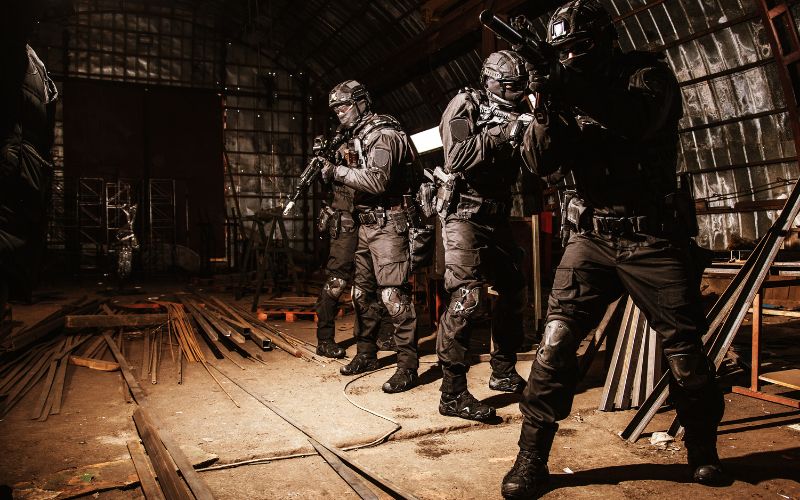
Clear out the entire stash of outdoor gear in closets, garages, and maybe even the trunk of your car, and go through each piece one at a time.
Ask yourself:
- Does this piece still work?
- Have I used it in the past year?
- Do I have two or more of these items?
If the answer is no, it is time to sell, donate, or discard those items. Keeping only your gear will make organizing much easier and more efficient.
2. Organize by Activity
Sort your equipment into various groups based on the type of military activity. Some common groupings could include;
- Field Operations: Tents, sleeping bags, bug out bag, portable stoves, cookware, rations
- Patrol/Recon: Backpacks, tactical vests, boots, goggles
- Tactical Operations: Body armor, helmets, radios, weapon accessories, including sights, slings, and others
- Climbing/Assault: Harnesses, ropes, carabiners, breaching tools
- Water Operations: Inflatable boats, paddles, wetsuits, snorkels, fins
- Cold Weather Operations: parkas, gloves, boots, thermal layers, snowshoes.
3. Assign a Dedicated Gear Storage Area
The most important thing is a dedicated space for outdoor gear. Ideally, this should be in a garage, basement, or a dedicated closet space where everything can be stored together. Larger spaces, such as garages, can utilize shelving units, wall-mounted racks, and storage bins to keep gear accessible and organized. For smaller spaces, such as closets, you can also use hanging organizers, stackable storage boxes, and under-the-bed storage for seasonal items. The goal is to maximize your space and leave a place for everything.
4. Buy Clear Stackable Bins for the Small Stuff
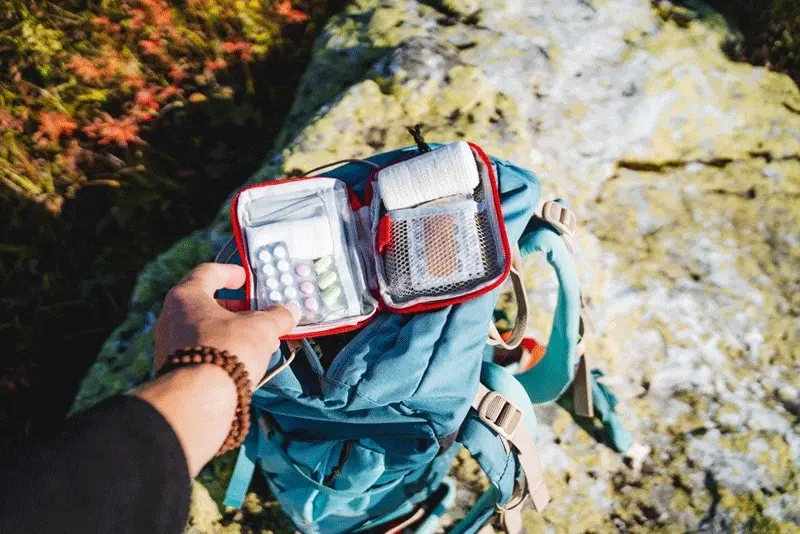
Small things, such as first aid kits, climbing chalk, or camping utensils, may need to be more organized. Invest in clear, stackable bins to organize all those small items. Label the bins by category or specific items, such as “Cooking Supplies,” “Navigation Tools,” or “Safety Equipment.”
Tidy bins allow you to see what’s inside at a glance without opening every single one, saving precious time when gearing up for an adventure. Stackable bins also maximize vertical storage space, particularly in cramped areas.
5. Use Pegboards and Hooks well for hanging items
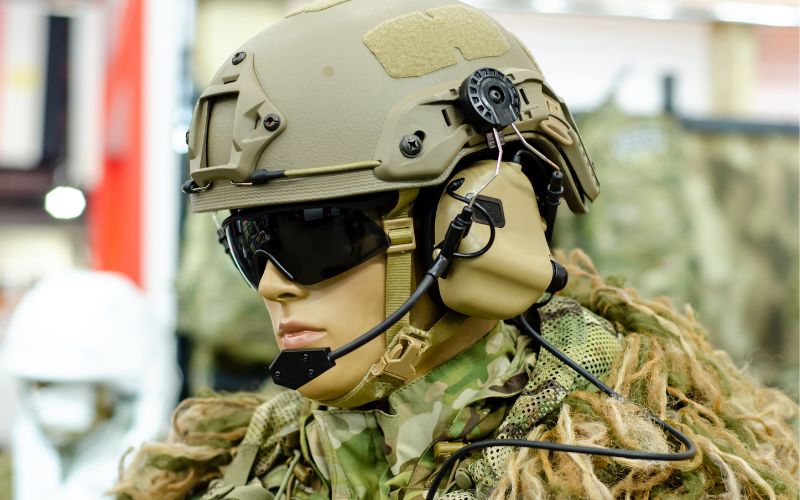
Wall-mounted pegboards and hooks are the best organizers for outdoor gear, particularly for larger items such as backpacks, climbing ropes, helmets, belts, and jackets. Hanging items keeps them easily accessible but reduces wear and tear when compressed into tight areas. Pegboards can also be accented with baskets or shelves for smaller items, making them a highly flexible solution to any size gear collection.
6. Organize by Seasonality for Easy Access
Only some things need to be stored and used throughout the year. Many people will have seasonal gear, which is used only during part of the year. Organize your gear storage space according to seasonality so that off-season items can be stored in less accessible spaces. This method facilitates easier access to the necessary equipment and prevents the hassle of rummaging through off-season belongings when preparing for the upcoming season.
7. Label Everything
One of the simplest yet most efficient hacks for organizations is labeling. Clear labeling for each storage area ensures you know exactly where everything goes, whether using bins, shelves, cabinets, or drawers. This will be especially important if you share your gear storage space with family members or friends, as everyone can follow the system you’ve put in place.
It also has a plus organization through color-coded labels for various gear categories, such as blue for camping gear, red for climbing gear, and green for water equipment.
8. Create a Maintenance Schedule for Gear
Although organizing your gear is not strictly for neatness, it is also about ensuring it is well-maintained and, therefore, still functional. Have a gear maintenance routine, which might include:
- Cleaning and drying the tents, sleeping bags, and backpacks after each trip
- Inspection of damaged or worn-out parts in equipment such as climbing ropes, harnesses, and camping stoves
- Battery replacement on headlamps, GPS devices, and emergency beacons
- Gear maintenance is not infrequent. This would increase the lifespan of your gear and ensure it remains operational when needed. You also save yourself from the shock of finding broken or damaged gear just before travel.
9. Become an Organizing Habit-Forming Professional

Consistency is the key to maintaining an orderly outdoor gear setup and keeping your fitness workout routine on track. Please take a few minutes after each return to clean, inspect, and return your gear to its designated spot. The more consistently you do this, the less likely your storage space will become cluttered over time.
Begin by establishing a habit of checking your gear layout every six months, discarding items you no longer need, and rearranging your storage according to how you will use the items. Repeating this will make your gear storage functional, neat, and ready for adventure.
Conclusion
You should find managing your outdoor gear easy. Decluttering, categorization, and smart storage solutions can create an efficient accessibility system that collects all your adventure essentials in one place. Whether you have a huge garage or a small closet, these tips will help you stay fully organized and ready for your next outdoor adventure. A well-kept and well-organized gear setup means less time spent searching and more exploring. Let’s start today and enjoy the peace of mind that comes with a streamlined, adventure-ready storage space.
Frequently Asked Questions
How to Store Outdoor Gear in a Small Space?
Start using vertical storage options, such as wall-mounted shelves and hooks. Clear, stackable bins with hanging organizers work well for little stuff. Get creative with under-bed and over-the-door storage to free up real estate.
How do you organize gear for particular activities?
Group gear by activity—such as camping, hiking, and climbing—and by season. Label the bins or shelves to correspond. Store off-season gear out of the way and put frequently used gear in an easily accessible location.
How do you maintain your outdoor gear?
Make sure to wash and dry all your gear after every trip. Check for damages and maintain your equipment accordingly by sharpening your tools, replacing batteries in some devices, and repairing any wear and tear. And that is how you keep your gear in top shape.
How do I safely store weapons and knives at home?
Store weapons and knives in lockable cabinets or wall-mounted cases. Ensure they are out of reach of unauthorized users and protected from environmental damage.
How can I make my gear setup more portable?
Use lightweight, stackable cases and pre-pack according to the situation. Reduce unnecessary weight, and prioritize gear with multiple uses to enhance portability and utility.

